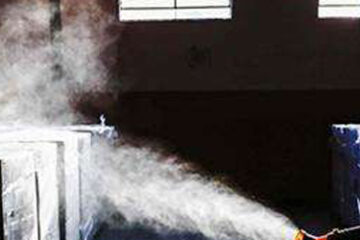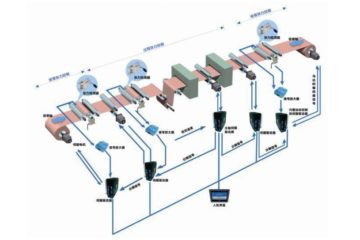In recent years, digital printing has attracted more and more attention. Although it is generally considered more suitable for label printing, more and more foreign flexible packaging plants are beginning to consider the feasibility of digital printing for flexible packaging.
Compared to traditional printing methods, digital printing has many advantages: no printing plates, shorter preparation times, faster task changes, and the ability to print variable data. For printers, digital printing opens up a new cost model that avoids a lot of material waste and storage costs.
According to the research of some foreign packaging companies, the demand for digital printing of flexible packaging mainly comes from the following reasons:
1. Reduce costs. The downturn in the global economy has made soft pack factories have stricter requirements for cost control. Digital printing can better adapt to its short version, fast delivery, and minimize storage costs.
2. More change in packaging design. Due to the rapid maturity of the global logistics system, even the same products, depending on the language and culture of the place of sale, will have different packaging designs. Traditional printing methods seem to be overwhelming in the face of so many short-run designs. Especially when some time-sensitive packaging is required (for example, for an emergency), the traditional printing method takes too long.
Of course, in order to better adapt to these changes, it is not enough to use digital printing equipment. It also needs to be equipped with more automated workflows, front and rear equipment and online processes. One of the important ones is electron beam (EB) on-line coating.
EB drying uses an EB unit that projects an accelerated electron beam onto the surface of the material. When the electron beam contacts the ink or coating, its energy is absorbed for drying. The process is similar to UV drying, except that the uv light contains insufficient energy to directly turn on the polymerization process, so the photosensitizer is needed, and the EB electron beam does not require a photosensitizer, which can directly turn on the polymerization process.
photosensitizer, which can directly turn on the polymerization process. EB coating provides excellent protection for digital printing inks. The coating layer has good heat resistance, strong anti-friction and stable friction coefficient. These features allow EB coating to provide similar protection to the ink. In addition, some soft pack factories have begun to use new multi-layer film direct printing to replace post-press composites, which makes online coating more important. The combination of these new technologies can greatly reduce the production cost and time of the soft pack factory.


